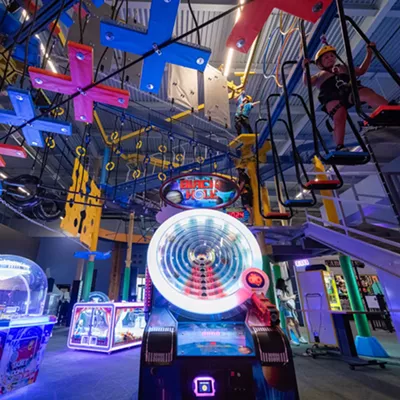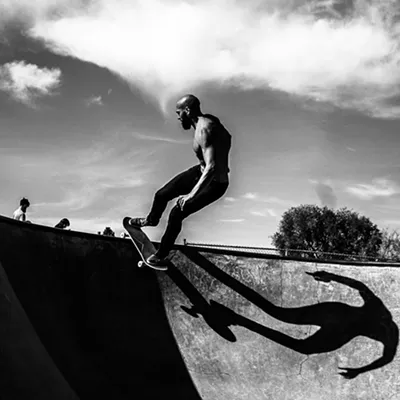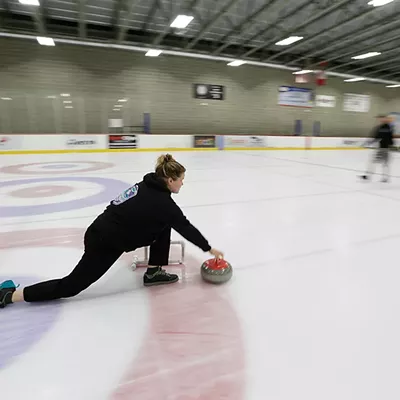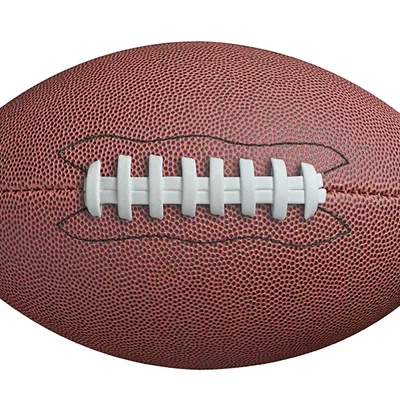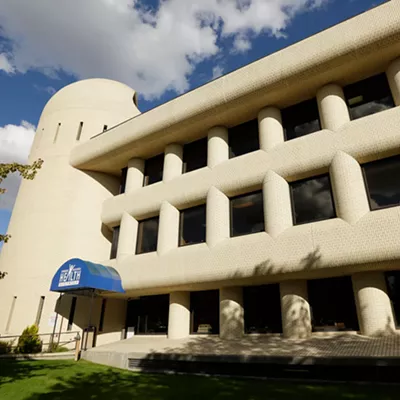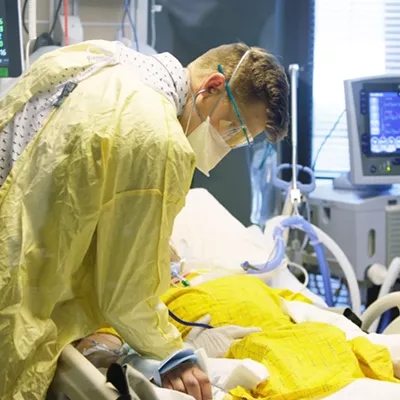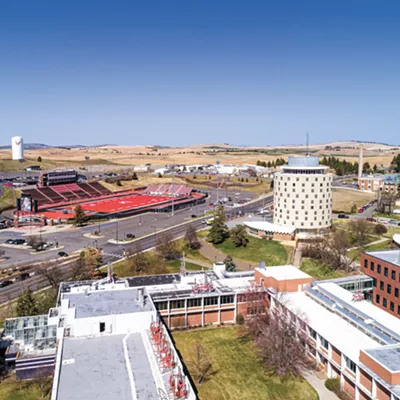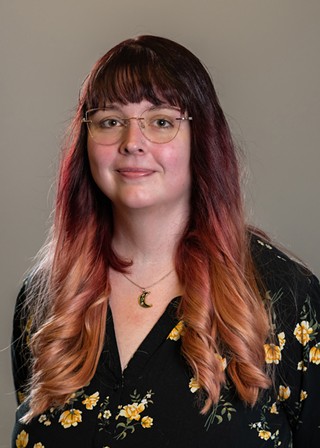Don Kardong founded the Lilac Bloomsday Run in 1977, less than a year after taking fourth place in the Olympic men's marathon in Montreal, and just three years after Expo '74 transformed downtown Spokane. Since the first race of about 1,000 runners, it's grown to include as many as 60,000 runners at times. Even though the race is now more than 40 years old, there are still some things many people don't know about it.
1. What Happens to the Leftovers?
It seems like every time he speaks to a group, Kardong gets asked what happens to all the extra Bloomsday finisher shirts leftover after the race.
"We actually order about 50,000 shirts in November before anyone has signed up," he says.
Because there are often a few thousand left over, those shirts are donated, mostly to charities that work in Africa, he says.
That's separate from the jackets and sweatshirts that racers choose to throw up into the trees at the start of the course. Those are collected by a crew from Geiger Corrections Facility afterward, laundered, and donated to local charities
2. A Measured Course
The course has to be measured to make sure that it's at least the posted 12 kilometers.
To measure it, a certified person will ride the entire route on a bicycle with a device keeping track of the tire rotations. Then, to make sure the first reading is right, they do it again.
"What's amazing is you kind of have to be fearless, because usually you can't get the streets to be closed," Kardong says. "So they tend to do it in the middle of the night when there's not much traffic, but at 2 am the traffic tends to be inebriated — you have to have nerves of steel to do those measurements."
3. Quick Race Trivia
Bloomsday was one of the first races in the country to have more than 50 percent female participation, crossing that mark in 1986. It's grown to closer to 60 percent female now.
The weirdest weather yet? When racers woke up in 1984 to 1 or 2 inches of snow on the ground, which thankfully melted before race time, Kardong says.




